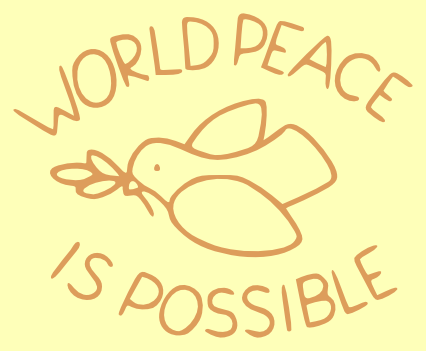Generally, there are three things you can do in order to promote physical health: good nutrition, sufficient relaxation/sleep and proper exercise. Now you may wonder: what is proper exercise then? This brief article adresses this question. I hope it will inspire you to find ways to get the exercise you need.
Category Archives: Uncategorized
The Man Who Planted Trees
When I was about 10 years old, I saw a most impressive animated film on TV. It was about a shepherd who lived in a desolated remote area in France. Every night while sitting in his cabin, the shepherd carefully selected acorns. The following day, when he would herd his sheep, he planted these acorns into the ground. The two World Wars passed by, but the man continued his work undisturbed. The acorns sprouted and over the course of years, the barren land turned into a beautiful forest, teeming with life.
Somehow, the film has always stuck in my memory . So a couple of years ago I went looking for it. I found out that the title was “The man who planted trees” and that it was based on a novel of the same name by Jean Giono.
As a 10 year old, I guess I wasn’t really able to tell what struck me about this story. But now I’d like to try:
What I find so beautiful about the story, is that it shows that – despite adverse circumstances and limited resources – you can make the best of life. No matter what the situation is, you really can contribute in a meaningful way. You just have to use what you have as best you can. It’s all about patience, persistence and faith.
You can watch the whole film on youtube here:
(It’s about half an hour. The sound is a bit soft, so you may want to turn the volume up)
To me, it has become some kind of tradition to watch this film on New Years Day. It’s really a good start of the new year.
Enjoy, and all the best for 2013!
World Peace is possible
At christmas we express our hope for peace in the world. But world peace doesn’t come just like that, it calls for action.
Action has to be motivated and inspired by belief, so the first step is believing that world peace is in fact very well possible.
“Stichting World Peace is Possible “ is a foundation that promotes this belief. Their logo is a dove of peace, designed by Dick Bruna (the artist who drew Miffy)
Check out their website:
http://worldpeaceispossible.com/
(It has an English section)
Merry Christmas!
The three gunas
According to yoga philosophy, everything in nature is controlled by the three gunas. A guna is a fundamental operating principle. The Sanskrit-word ‘guna’ means ‘string’, ‘strand’ and also ‘constituent’. The concept of the three gunas helps you to understand how things manifest, interact and evolve. In short, you’ll gain insight into the dynamics of everything (including your own body and mind).
Qigong: ancient Chinese exercises
Yoga practice is pretty widespread nowadays. But besides hatha yoga, there is also qigong (pronunciation: “chee gung”). This this highly effective exercise system has its roots in China and it’s still relatively unknown in the Western world. Qigong promotes an optimal flow of qi (lifeforce) through gentle body movement and visualisation. The exercises can be easily adapted for elderly people and persons with health issues.
Eight Limbs of Yoga
About 200 BC the Indian sage Patanjali wrote the Yoga Sutras . This authoritative work provides a framework for a systematic approach of yoga. In the Yoga Sutras, Patanjali outlines eight aspects (Eight Limbs) of yoga. Especially these “Eight Limbs” are an invaluable guide to yoga practice. Today, numerous yogi’s from all over the world use them to integrate yoga into their every day lives.
The Eight Limbs are:
- Yama
- Niyama
- Asana
- Pranayama
- Pratyahara
- Dharana
- Dhyana
- Samadhi
Let’s walk through the Eight Limbs now.
Yoga and compitition
With the Games going on in London at the moment, the question whether yoga should, or shouldn’t be an Olympic sport, has become a topical subject. The non-profit organization USA Yoga strongly advocates for yoga as an Olympic sport. However, I suspect that a lot of yoga practitioners will find this outrageous. “Yoga can’t possibly be a competitive sport, for it’s all about spiritual development!” they may argue.
As there’s a whole lot more to yoga than just physical exercises, I have to agree with those who think that yoga (in its broadest sense) can’t possibly be a competitive sport1. But a contest in perfoming asanas, why not?


